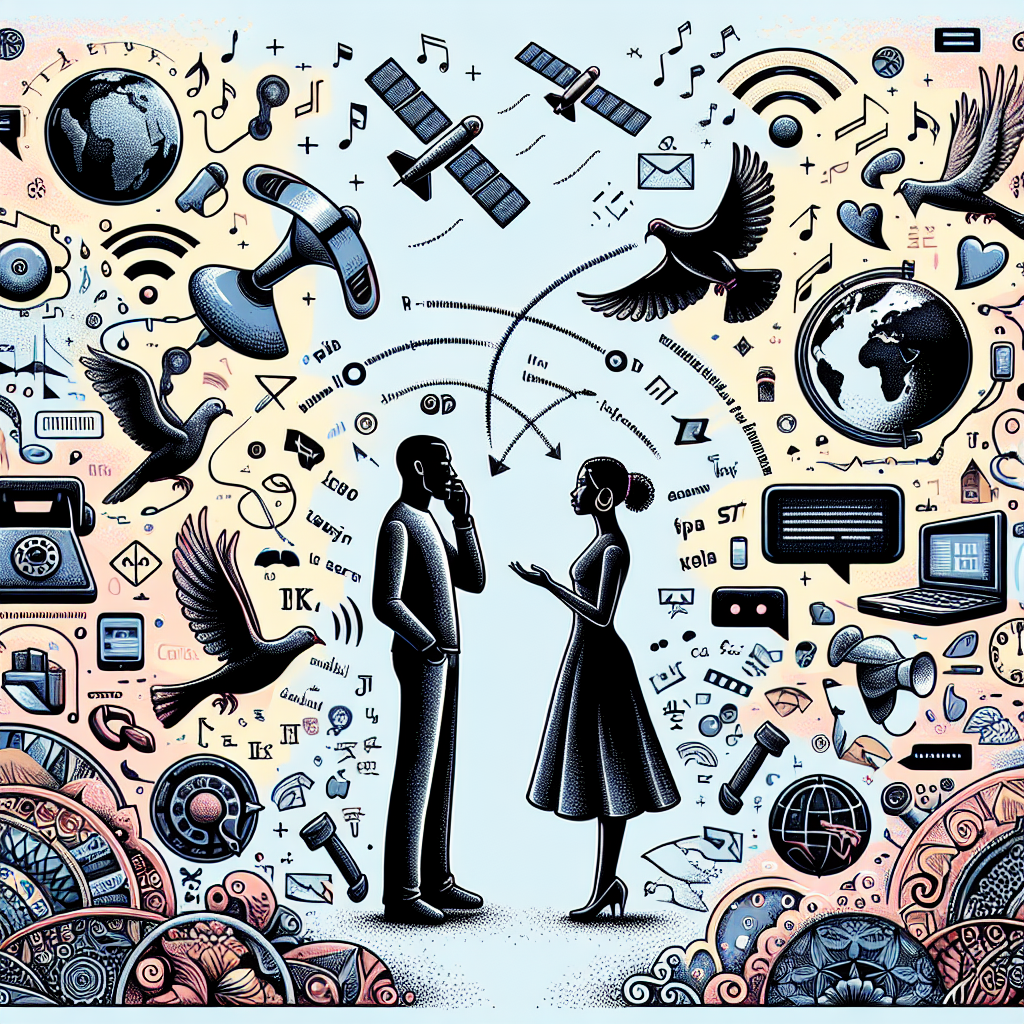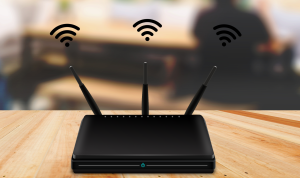In the fast-paced world of digital innovation, communication stands at the forefront of technological advancement. For those who love technology and strive to remain updated, understanding how these advancements redefine our interactions is essential. From instant messaging to virtual meetings, technology is continuously transforming the quintessentially human trait of communication.
The Evolution of Communication Technology
Over the last few decades, communication technology has evolved incredibly. From the days of landline telephones and snail mail to the era of smartphones and social media, each leap has fundamentally altered how we connect with others.
The advent of smartphones brought instant messaging to the masses, creating a world where messages can be sent and received within seconds, regardless of distance. Applications like WhatsApp, Telegram, and Signal have not only increased speed but also ensured privacy and security through features like end-to-end encryption.
Social media platforms, such as Facebook, Twitter, and Instagram, have redefined how we share and consume information. These platforms have transformed news delivery, allowing users to become both consumers and creators in the communicative ecosystem.
The Rise of Virtual and Augmented Reality
As technology propels forward, the introduction of virtual and augmented reality (VR and AR) is pushing the boundaries of communication even further. These technologies are enabling more immersive experiences, blurring the line between digital interactions and real-life communication.
Virtual reality platforms have changed how meetings and conferences are conducted, offering immersive environments that mimic physical presence. Businesses and educational institutions are leveraging VR to facilitate remote meetings, making participants feel as if they are in the same room.
On the other hand, augmented reality is enhancing real-world communication by overlaying digital content into our physical environments. This technology is unleashing new possibilities in fields such as customer service, education, and entertainment.
The Impact of Artificial Intelligence on Communication
Artificial intelligence (AI) is another game-changer in the realm of technology communication. AI algorithms are increasingly driving tools that can analyze vast amounts of data, predict user behavior, and provide personalized communication experiences.
Chatbots, powered by AI, are revolutionizing customer service by providing 24/7 assistance to users worldwide. With machine learning capabilities, these bots can engage in human-like conversations, resolving user queries efficiently.
Moreover, AI is optimizing language translation, breaking down communication barriers across different languages. This technological advancement is making it easier for people worldwide to communicate and collaborate regardless of language differences.
Conclusion: Embracing the Future of Communication
As technology continues to advance, so does our method of communicating. For those passionate about staying updated, understanding these trends is crucial not only to comprehend the present communication landscape but also to anticipate future shifts.
The future promises even more exciting innovations, with developments like 5G connectivity and the Internet of Things (IoT) promising further revolution. By embracing these technologies, we can continue to enhance our personal and professional interactions in this ever-connected world. Whether through text, VR, or AI, the possibilities for communication are boundless.



